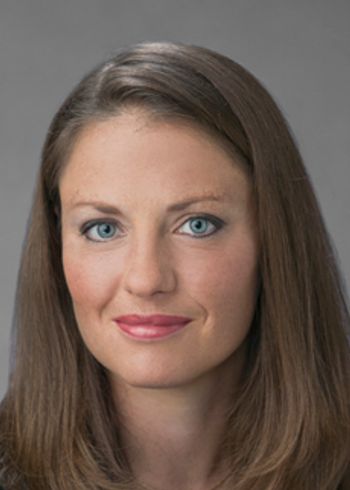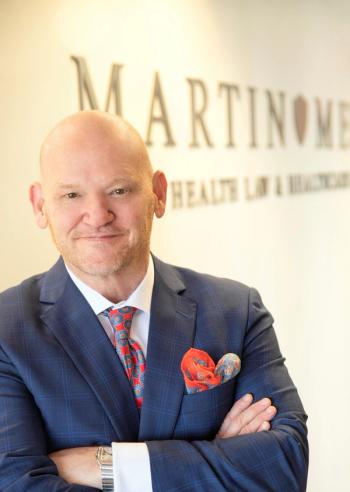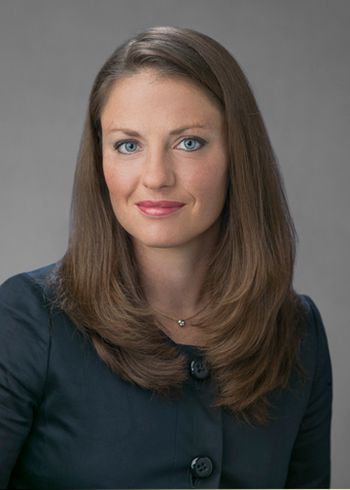
Several States Rethink PA Scope of Practice, AAPA Weighs In
Over the past year, several states have changed their PA-related laws. Here’s a closer look at some of those changes.
As the physician shortage intensifies and as an influx of newly insured patients is expected in 2014, the debate over how to ensure patients have adequate access to care is heating up.
Some healthcare organizations, healthcare professionals, and government officials believe at least part of the solution lies in
To gain more insight into where the American Academy of Physician Assistants (AAPA) stands on this issue, and to gain a better understanding of some of the most recent changes to PA state laws, Physicians Practice spoke with Ann Davis, senior director of state advocacy and outreach for the AAPA and a PA herself.
Over the past 12 months, several states have made “PA positive changes to their laws,” Davis told Physicians Practice. More specifically, she said 40 states, Washington D.C., the Commonwealth of the Northern Mariana Islands, and the U.S. Virgin Islands have all made changes to PA practice requirements.
Among those changes:
• The removal of a requirement in Indiana that a
• The passing of legislation in Indiana authorizing PAs to prescribe Schedule II medication;
• And the removal of a Kentucky requirement that physicians be
“We’re also having a lot of states that have clarified some of the issues that deal with specialty practice,” said Davis. For example: The clarification that PAs can supervise medical assistants, and work in specialties like psychiatry.
Davis predicts that the physician shortage and the influx of newly insured patients will help drive the removal of more PA practice barriers “that just don’t make any sense” and “don’t do anything but slow folks down.” For example, she said, many states still restrict the number of PAs a physician can supervise.
Though the
Practice Notes blogger and PA Stephen Hanson recently expressed a similar stance regarding PA supervision. “In my opinion, the most reasonable and productive regulation in this regard is to allow decisions regarding ‘supervision’ of PAs to the physician and practice sites,” he said. “There is certainly a difference in the interaction that I have today with my surgeon today than I would have had at the end of my training 32 years ago. We think alike, act alike, and operate alike. We both take care of sick surgical patients the same way with little or no active interaction between us because we are of one mind in our practice of medicine.”
Davis and Hanson also both stressed that PAs highly value their relationships with physicians. “We are not seeking to divorce ourselves, or remove PAs, or see ourselves in a separate orbit,” said Davis. “PAs practice medicine in teams with physicians. What I would say to physicians that might have a worry is talk to other doctors that work with PAs. What you’ll find is that most physicians that work with PAs will say, ‘This improves patient care, improves my ability to focus on the things that require physician level care, and really help to rationalize the way that teams can work.’”
What do you believe is the appropriate approach to physician/PA supervision? Should practices and physicians determine the level of supervision required? Should there be a national standard? Should states determine it? Share your thoughts below.
Newsletter
Optimize your practice with the Physicians Practice newsletter, offering management pearls, leadership tips, and business strategies tailored for practice administrators and physicians of any specialty.









